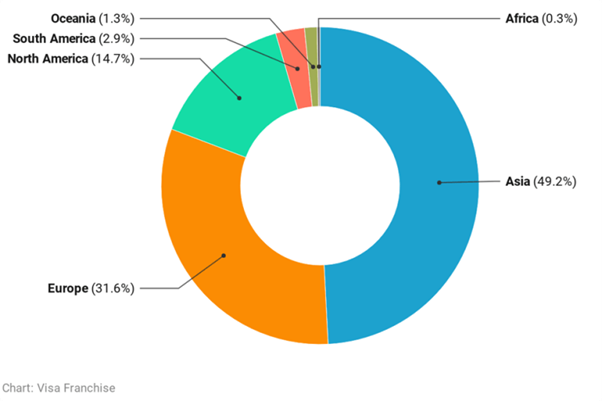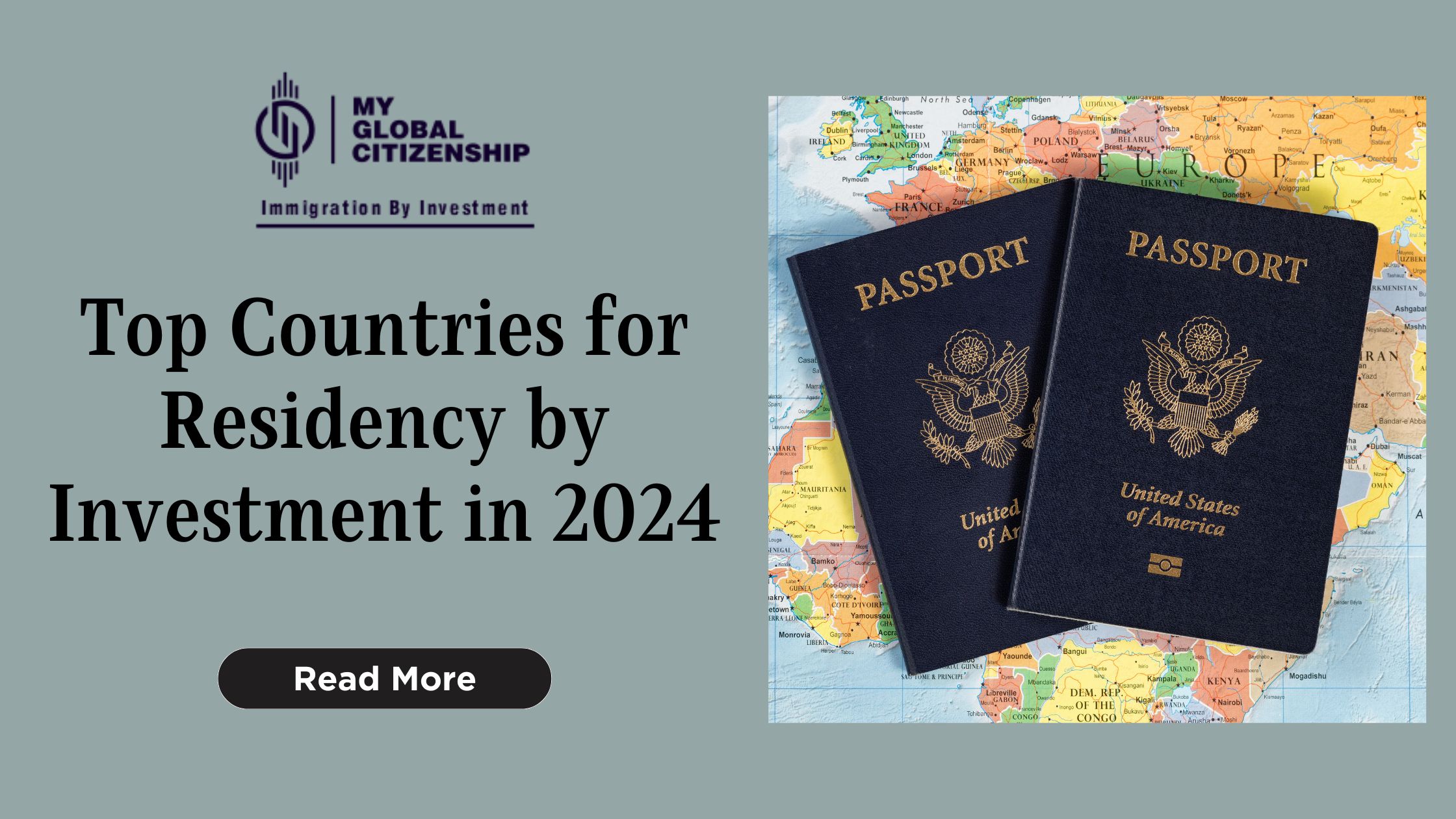The popular EB-5 and E-2 visas have excellent characteristics for foreign investors who wish to invest in the US. As of Q1 2021, 15,908 EB-5 visa petitions were pending, and 2,977 EB-5 visas were issued in FY 2020, indicating high expectations for these visas. In comparison, there were 44,887 E-2 visas reissued during the same period. This denotes the popularity of this visa among US investors.
To be qualified for the EB-5 visa, you are obliged to invest a minimum of $800,000 in a plan located in a Targeted Employment Area (TEA) or $0.8 million in any non-TEA plan. On the other hand, the E-2 visa does not have a fixed investment requirement but mandates a major investment in US trade. By grasping these variations between the EB-5 and E-2 visas, investors can make an informed choice regarding whether that choice optimally aligns with their investment aims in the United States.
EB-5 Visa
The EB-5 visa program was formed in 1990 by the US Congress to promote job creation and economic advancement by drawing foreign investors. It provides enduring residency to human beings who invest at least $1 million in a qualifying plan that builds at least ten permanent jobs for U.S. workers. The program has become increasingly well-liked over the years, with a major boost in the number of EB-5 petitions filed from 2008 to 2019.
In 2019, a total of 14,373 EB-5 petitions were filed, which represented a major boost of 73% from the number of petitions filed in 2018. This grand surge in requests could be attributed to diverse factors, including the increasing knowledge of the EB-5 program amongst foreign investors, the augmenting concern of getting other types of visas, and the enchanting benefits of the EB-5 visa.
Among the advantages of the EB-5 program is that it lets investors and their families access enduring residency in the United States, which can finally result in citizenship in the US. Additionally, investors are not required to have prior commerce encounters or education, and there are no age restrictions.
The EB-5 program provides a benefit to investors by letting them provide for the advancement of the US economy by building jobs for American workers. Therefore, through this program, over $41 billion in capital investment in the US has been confirmed, and 700,000 jobs have been built in the US. Nonetheless, the program also has its shortcomings.

( The amount of EB-5 immigrant visas that the US Department of State granted between FY 2010 and FY 2021 )
Source – Statista.com
Its major criticism is that it primarily benefits affluent investors and developers instead of presenting a path to citizenship in the US for low-income or refugee populations. Furthermore, the program has come under criticism as a result of its extended processing times and conceivable fraud and abuse.
E-2 Visa
The E-2 visa is a well-liked option for foreign investors who would like to invest in US trade. In contrast with the EB-5 visa, the E-2 visa does not have a particular minimum investment in the US requirement. Instead, investors need to show that they have made a considerable investment in US trade and that they have a method to guide and develop commerce. As per information from the Department of State, the number of E-2 visas reissued has been growing steadily over the past few years. For example, in 2019, a total of 41,689 E-2 visas were issued, which represented a 10% boost from the previous year.
In FY 2020, Asia and Europe will account for more than 80% of E-2 visas issued. Nearly half (49.5%) are given to candidates from Asia. The top 10 E-2 visa nations and regions are all located in Asia, Europe, and North America, which are the three continents with the highest percentage of E-2 visa issuances.

Source – https://www.visafranchise.com/blog/e2-visa-2020-report
Differences between the EB-5 and E-2 Visas
Regarding choosing between the EB-5 and E-2 visas, one of the most significant differences lies in the investment requirements. Unlike the EB-5 visa, which demands a minimum investment of $800,000, the E-2 visa doesn’t impose any such restrictions. But investors need to prove that they have made a powerful investment in US commerce to qualify for the E-2 visa.
Moreover, the terms of trade that investors can put their finances into are clear for both visas. The EB-5 visa mandates investment in a qualifying plan that produces a minimum of ten permanent jobs for U.S. workers. On the other hand, the E-2 visa is bendier with that in mind and lets investment in any U.S. trade as long as the investment is substantial, and the investor has the contrivance to expand and administer the commerce.
So, choosing between the EB-5 and E-2 visas depends on diverse factors, including the investment amount, trade type, and investment objectives. While the EB-5 visa has a higher minimum investment requirement and focuses on job creation, the E-2 visa allows for investment in any type of trade and also has no minimum investment requirement. Despite the visa type, foreign investors can profit from the opportunities and advantages of investing in the US, and both visas will help you get citizenship in the US.
If you still have any queries, connect with our team, and we will be more than happy to assist.






